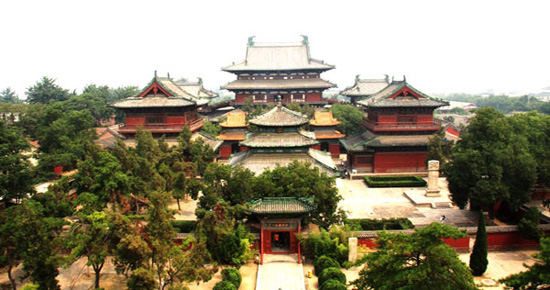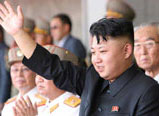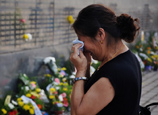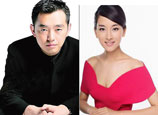
 |
| Longxing Monastery ranks among the country's best-preserved temples. (China Daily) |
An amazing trove of artifacts survived from Longxing's construction in the Sui Dynasty (AD 581-618), especially those from after the Song revamped the compound. One of the oldest surviving artifacts is the Longcang Temple Stele, hailed as "the First Stele of the Sui Dynasty". It's actually China's oldest.
An especially striking specimen from the period immediately following the reconstruction is a 10.8-meter octagonal rotating sutra bookshelf that's 7 meters in diameter. It's the oldest and largest of a handful that remains and offers insight into Song technology.
A 1,000-year-old 7.4-meter-tall Buddha carved from a single tree is unique in that it's exceptionally slender and stands rather than sits.
Another celebrated sculpture is unparalleled in that it depicts "China's most beautiful Guanyin" at her "most casual". The Goddess of Mercy reclines whimsically in stark contrast to her otherwise rigid depictions in the only known such rendering in dynastic history.
But there's a potentially unnerving dimension of Guanyin's laidback side - her gaze seems to follow you as you walk. Some consider her wandering eyes playful. Others call them creepy.
Three stacked domes of 1,072 Buddhas - a Ming (1368-1644) emperor's gift to dear old Ma - are celebrated as some of the best bronze work from the era, mostly because of their surfaces' smoothness.
The buildings that house Longxing's rare relics are also exceptional in themselves.
Experts nominate Mahamuni Hall as the apex of ancient Chinese architecture.


















 Singer in spotlight after blog post
Singer in spotlight after blog post


![]()
